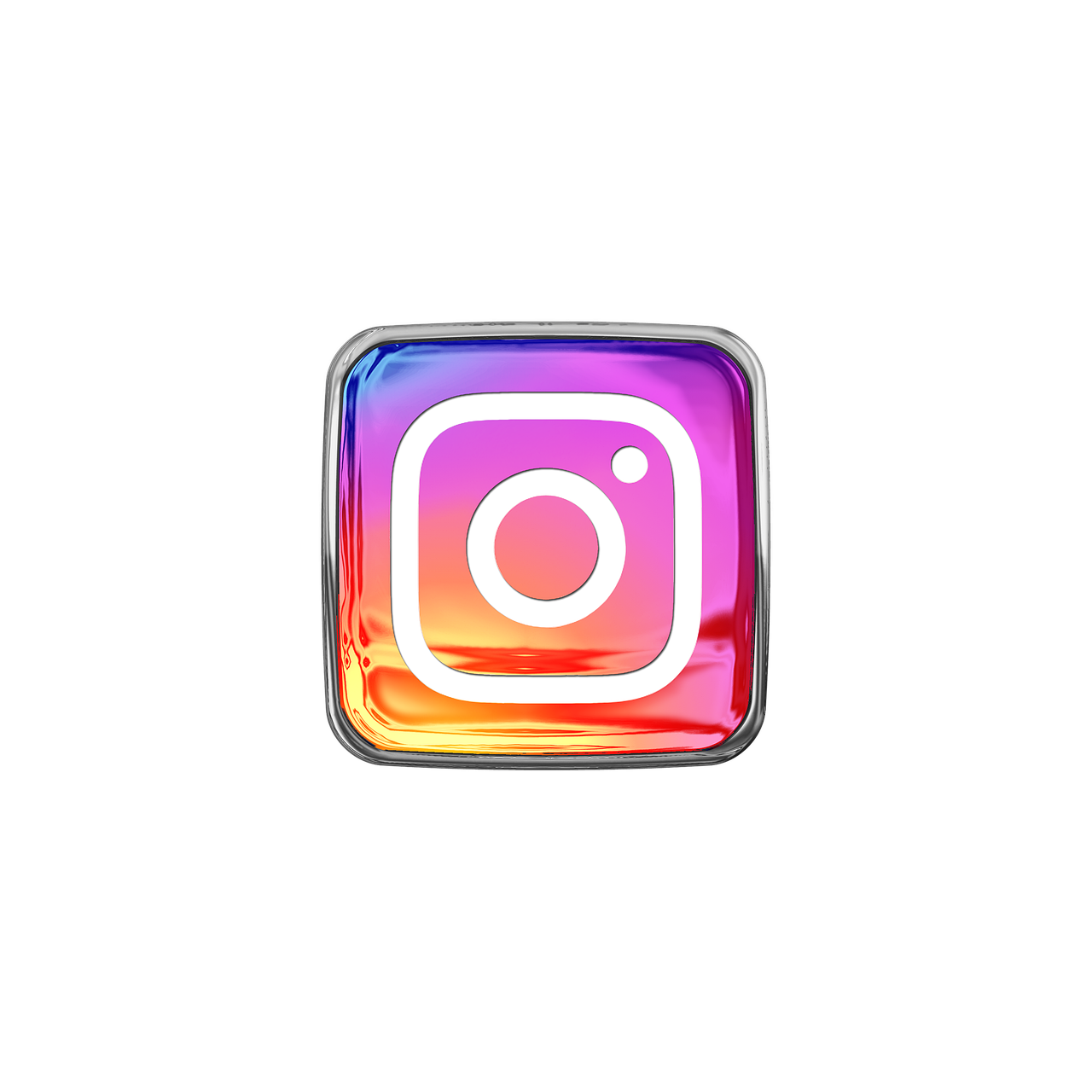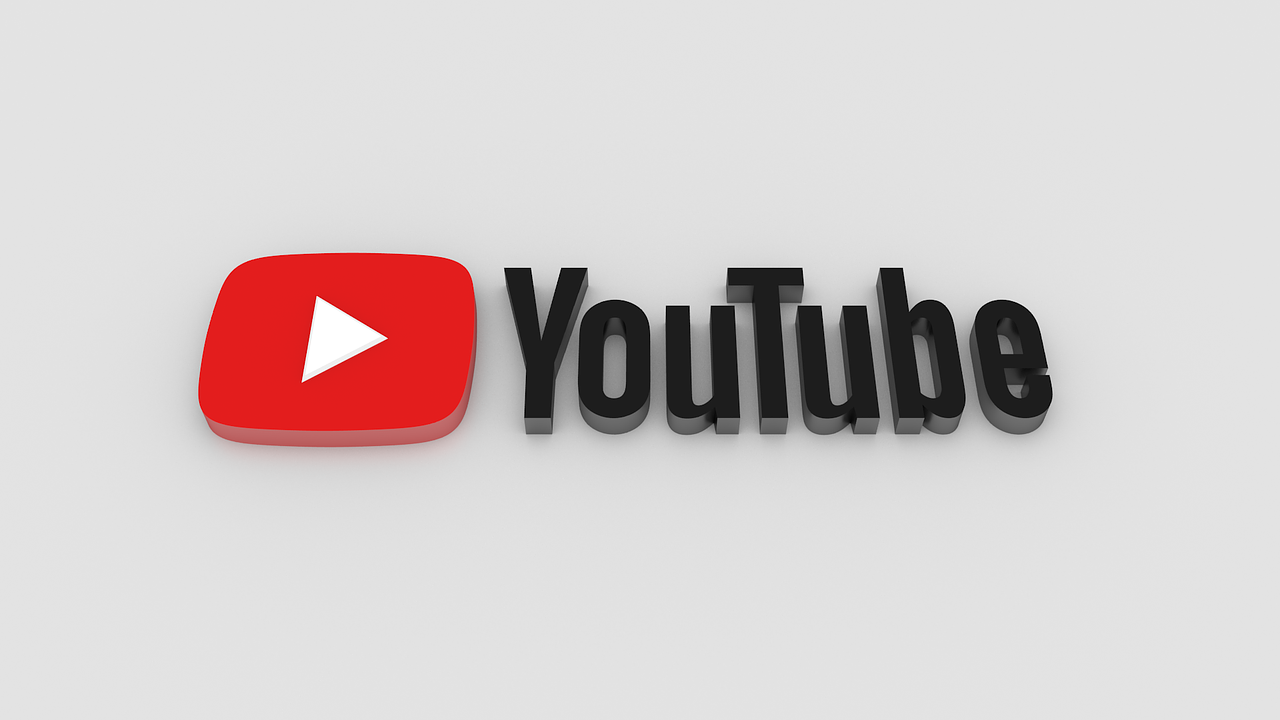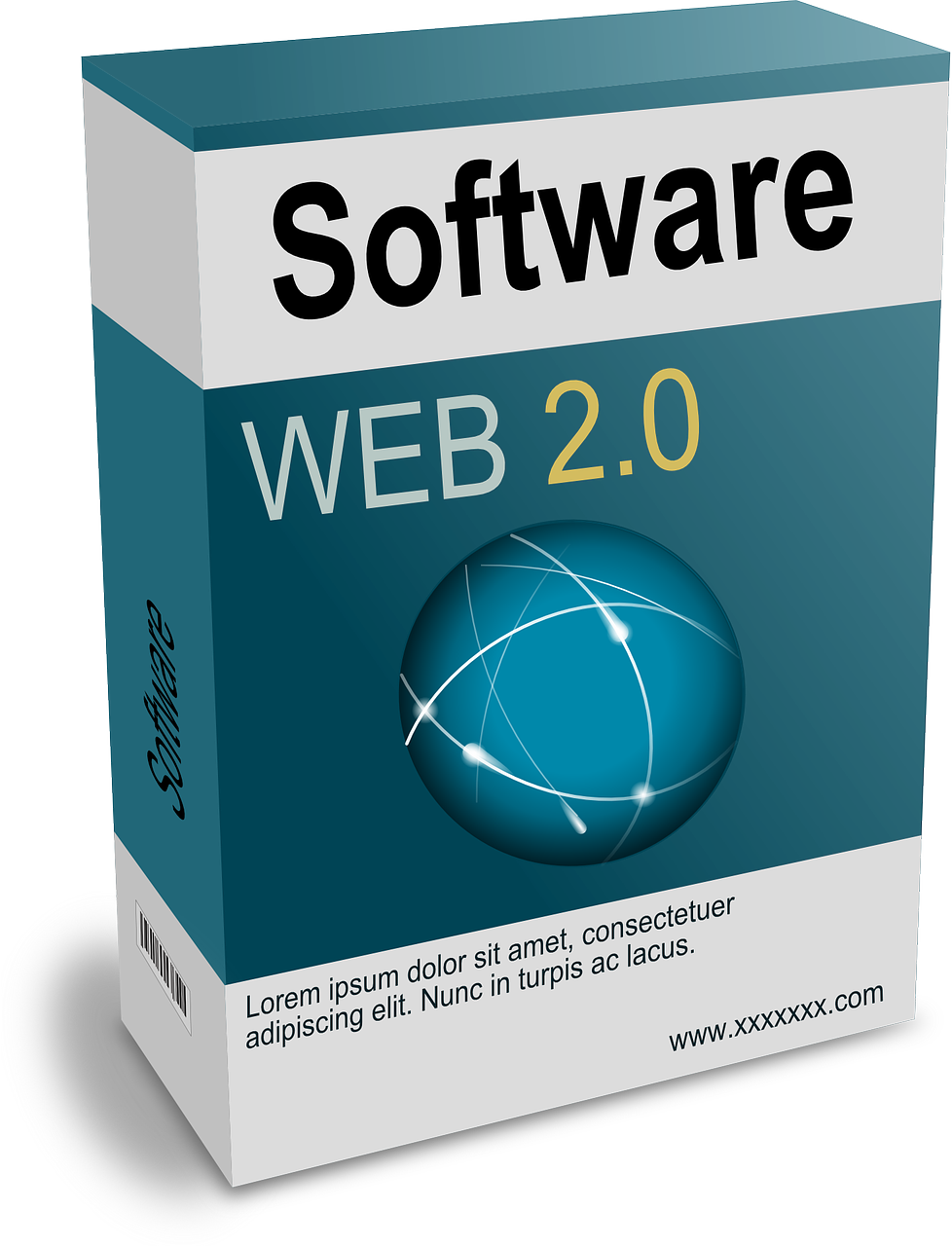Video Editing Services: Elevate Your Content to New Heights In today's digital age, video has…
Successfully Adapting Your Video Content for Different Platforms
In today’s digital age, video content is king. But creating a one-size-fits-all video simply won’t cut it. Each social media platform has its unique audience, preferences, and algorithms. Adapting your video content for different platforms is crucial for maximizing reach and engagement. Let’s dive into the nitty-gritty of how you can tailor your videos to fit the mold of various platforms.
Understanding Different Platforms
Facebook is a versatile platform with a wide range of users. Videos on Facebook should be engaging from the get-go since the platform’s algorithm favors content that keeps people watching. Think about using eye-catching thumbnails, captions, and calls to action to boost engagement.
Instagram is all about visuals and quick interactions. Whether it’s a 60-second video in the feed, a 15-second Story, or a longer IGTV video, make sure your content is visually appealing and immediately engaging. Don’t forget about Reels, Instagram’s answer to TikTok’s short-form video content.
YouTube
YouTube is the go-to platform for longer-form content. Here, the quality of your video and audio can make or break your success. Engage viewers with compelling thumbnails, clear titles, and detailed descriptions with relevant tags to enhance discoverability.
TikTok
TikTok thrives on creativity and trends. Short, snappy videos that capture the viewer’s attention in the first few seconds are essential. Use trending music and hashtags to boost visibility and engagement.
LinkedIn is the professional network where business-focused content thrives. Your videos should have a professional tone, providing value through insights, tips, and industry news. Keep it polished and relevant to your professional audience.

Knowing Your Audience
Understanding who your audience is across different platforms is the first step in tailoring your content. Dive into the demographics, user behavior, and content preferences. Are they young and trend-savvy on TikTok, or more professionally inclined on LinkedIn? Knowing this will guide the tone, style, and format of your videos.
Tailoring Content for Facebook
Video Length
Facebook recommends keeping videos short and sweet – around 1 to 2 minutes. This length keeps viewers engaged without overwhelming them.
Captions and Subtitles
Many users watch Facebook videos without sound, so including captions and subtitles is a must. This ensures your message gets across even in silent mode.
Call to Action
Encourage engagement with clear calls to action. Whether it’s prompting viewers to like, share, or comment, a strong CTA can boost interaction.

Creating Videos for Instagram
Feed Videos
Instagram Feed videos can be up to 60 seconds. Use this time wisely to captivate your audience with high-quality visuals and a compelling narrative.
Stories
Instagram Stories are limited to 15 seconds each but can be posted in sequence. Use this feature to create a mini-series or behind-the-scenes glimpses.
IGTV
For longer content, IGTV allows videos up to 60 minutes. This is perfect for detailed tutorials, interviews, and deeper dives into your content.
Reels
Reels are Instagram’s answer to TikTok. These 15-30 second videos are great for quick, engaging content that can go viral.

Optimizing Content for YouTube
Video Length and Format
YouTube videos can vary in length, but the sweet spot is between 7 to 15 minutes. This is long enough to provide value but short enough to retain attention.
Thumbnails and Titles
Thumbnails should be eye-catching and relevant to the content. Pair this with a clear, concise title to attract viewers.
Descriptions and Tags
Utilize the description and tags to enhance searchability. Include keywords and relevant information to help your video get discovered.

Crafting Engaging TikTok Videos
Short-Form Content
TikTok’s format is all about quick, engaging videos. Capture attention within the first few seconds to ensure viewers stick around.
Trends and Challenges
Participate in trends and challenges to increase visibility. This not only boosts engagement but also keeps your content relevant.
Hashtags and Music
Using popular hashtags and trending music can significantly enhance the reach of your TikTok videos. It’s all about being part of the trend.

Professional Videos for LinkedIn
Business-Focused Content
LinkedIn is the platform for professional content. Share industry insights, business tips, and company updates to engage your audience.
Professional Tone and Style
Maintain a professional tone and style. Your content should reflect your brand’s expertise and professionalism.
Networking and Engagement
Engage with your audience through thoughtful comments and discussions. LinkedIn is as much about networking as it is about content sharing.

Cross-Promotion Strategies
Sharing Across Platforms
Promote your videos across different platforms to maximize reach. Tailor the content slightly for each platform to keep it relevant.
Consistent Branding
Maintain consistent branding across all platforms. This helps in building a recognizable and trustworthy brand.
Leveraging Each Platform’s Strengths
Each platform has its strengths. Use them to your advantage by creating platform-specific content that plays to these strengths.

Using Analytics to Improve Performance
Platform-Specific Metrics
Each platform offers analytics tools. Use these to track performance and understand what works best for your audience.
A/B Testing
Experiment with different video styles, lengths, and formats to see what resonates most with your audience.
Adjusting Strategies Based on Data
Use the insights gained from analytics to tweak and improve your content strategy continually.
Repurposing Content Efficiently
Transforming Long-Form to Short-Form
Repurpose long-form content into bite-sized pieces. This can be particularly effective for platforms like TikTok and Instagram.
Highlighting Key Points
Highlight key points from longer videos to create short, impactful snippets.
Adapting Formats
Adapt your content formats to suit different platforms. A YouTube tutorial, for example, can be broken down into a series of Instagram Stories.
Tools and Software for Video Adaptation
Editing Tools
Tools like Adobe Premiere Pro, Final Cut Pro, and mobile apps like InShot can help you edit videos for different platforms.
Analytics Software
Use analytics software like Google Analytics, Facebook Insights, and YouTube Analytics to track performance and gather insights.
Scheduling and Management Tools
Tools like Hootsuite and Buffer can help you schedule and manage your video content across various platforms.

Common Mistakes to Avoid
Ignoring Platform Guidelines
Each platform has its guidelines and best practices. Ignoring these can result in reduced visibility and engagement.
Overlooking Audience Preferences
Always consider what your audience prefers. Content that doesn’t resonate with them won’t perform well.
Inconsistent Posting
Consistency is key. Inconsistent posting can result in a loss of followers and reduced engagement.
Future Trends in Video Content
Emerging Platforms
Keep an eye on emerging platforms like Clubhouse and newer social media apps that could become the next big thing.
New Video Formats
Stay updated on new video formats and features introduced by platforms. Adapting to these early can give you an edge.
Evolving Audience Expectations
Audience preferences evolve. Stay tuned to trends and feedback to keep your content relevant and engaging.

Conclusion
Adapting your video content for different platforms is not just about resizing or trimming videos. It’s about understanding each platform’s unique ecosystem and tailoring your content to fit. By knowing your audience, leveraging platform strengths, and continually optimizing based on analytics, you can maximize your reach and engagement across the social media landscape.
FAQs
What are the key differences in video content for each platform?
Each platform has its unique style and audience preferences. Facebook favors short, engaging videos with captions; Instagram thrives on visually appealing, brief content; YouTube is for longer, in-depth videos; TikTok is all about quick, trendy clips; and LinkedIn focuses on professional, insightful videos.
How can I measure the success of my video content?
Use platform-specific analytics tools to track metrics like views, engagement rates, shares, and comments. A/B testing different types of content can also provide insights into what works best.
What tools can help me adapt my videos for different platforms?
Editing tools like Adobe Premiere Pro, Final Cut Pro, and InShot can help you tailor your videos. Analytics tools like Google Analytics and social media insights can track performance, while scheduling tools like Hootsuite and Buffer can manage postings.
Why is it important to know my audience when creating video content?
Knowing your audience helps you create content that resonates with them, leading to higher engagement and effectiveness. Different demographics have different preferences, and tailoring your content to these preferences is key.
How often should I update my video content strategy?
Regularly review and update your strategy based on performance analytics, audience feedback, and emerging trends. Staying flexible and adaptive ensures your content remains relevant and engaging.



